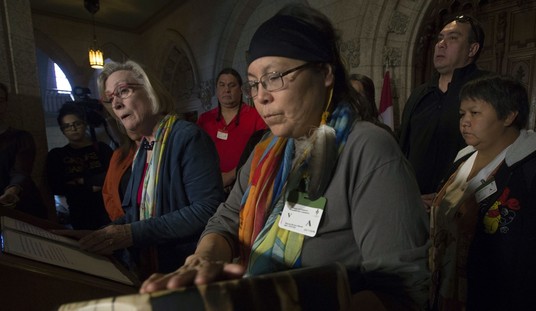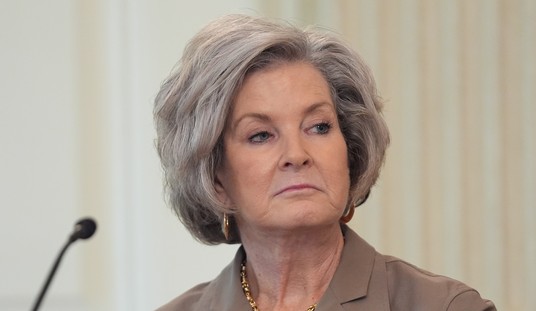A recent Washington Times article about the shooting of Michael Brown in Ferguson, Missouri, has stirred up a firestorm 600 miles away. The piece by Valerie Richardson draws comparisons between the Ferguson case, which led to rioting and violence, and a 2012 case in which a black police officer at the University of South Alabama shot and killed an unarmed white teen.
A two-year-old case involving the shooting death of an unarmed 18-year-old white man by a black police officer is gaining attention on social media in the wake of this week’s protests and rioting in Ferguson, Missouri.
Gilbert Collar, a white, unarmed 18-year-old under the influence of drugs was shot and killed Oct. 6, 2012, by Officer Trevis Austin, who is black, in Mobile, Alabama. Despite public pressure for an indictment, a Mobile County grand jury refused to bring charges against Officer Austin, concluding that the officer acted in self-defense.
[…]
The discrepancy in the reaction to and coverage of the two grand jury decisions has not been lost on social media, where critics are citing the Collar case to counter those who say Brown was the victim of racism in both law enforcement and judicial system.
On Thursday, the website Conservative Tribune headline trumpeted the case: “Unarmed White Teen Gunned Down by Black Cop … Where’s the Outrage?”
The real outrage is taking place in Mobile, Alabama, where the university makes its home. Local officials there don’t like the comparison between the horrendous events in Ferguson and their older case.
According to local officials, the two cases were handled radically differently, and the fundamentals were dissimilar.
“Communication was the key to it,” Sheriff Sam Cochran told AL.com.
[…]
“We put out more information, we called the news media and we showed the video from the eyes of the officer,” he said.
Members of the media watched the tape twice and were able to report on what they saw. “I think the communication calmed people down,” Cochran said.
[…]
Mobile County Sheriff’s Office spokeswoman Lori Myles said that a strong relationship with the media is central to eliminating speculation.
[…]
Myles added that one key element in the Ferguson case was absent.
“They’re focusing on race, this was never that,” she said of the USA shooting.
It’s worth noting that, though many people still characterize the South as a racist region, the Gil Collar case did not turn into a debate over black vs. white.
Much of the blame for the tragedy that nearly destroyed the city of Ferguson lies at the feet of the media. I’m sure the fine folks in Mobile want to heap a double portion of blame on certain members of the media for painting their dissimilar — but equally sad — case with the same brush.










Join the conversation as a VIP Member